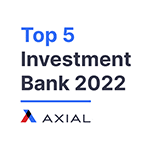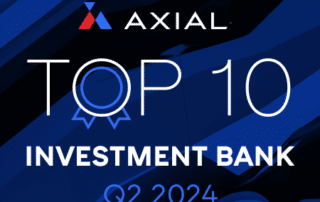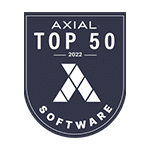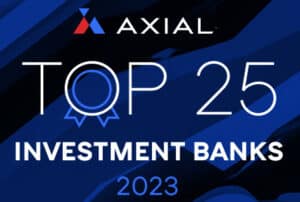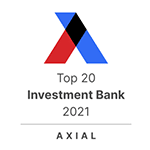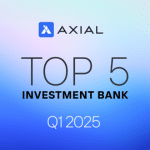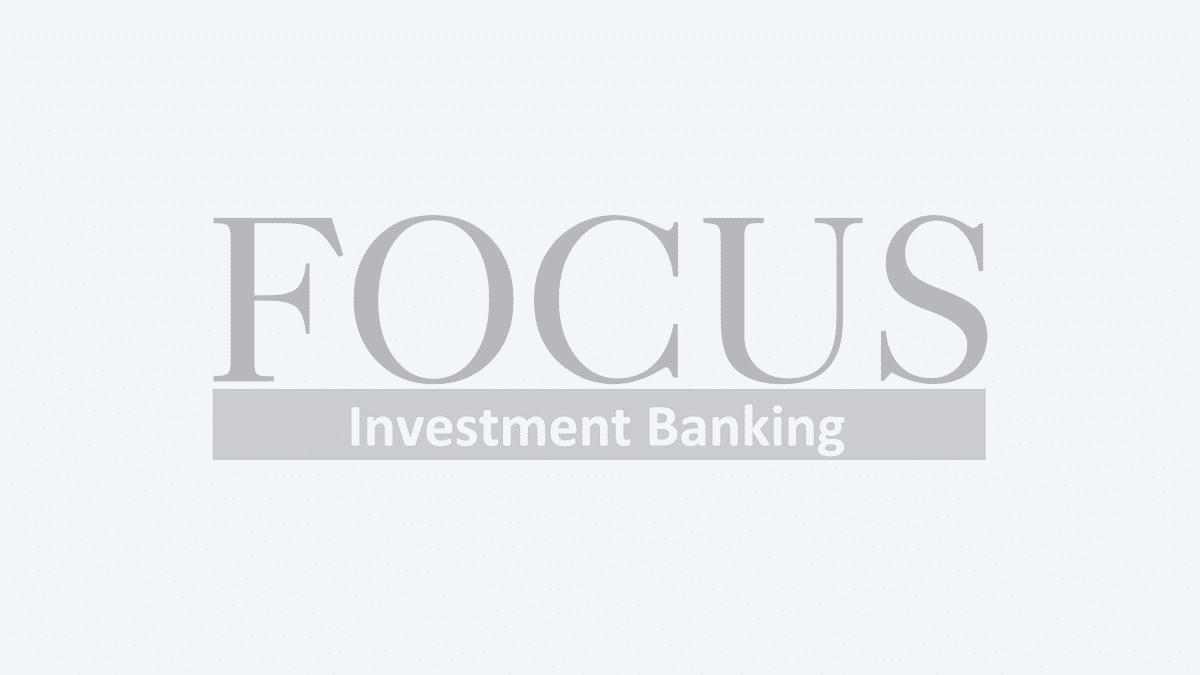
Virtually unknown in the US until a couple of years ago, the Alternative Investment Market (AIM), the junior market of the London Stock Exchange, is starting to attract serious attention from US companies looking to raise capital.
As of year-end 2005, about 1,400 companies were listed on AIM. Of these, 220 were non-UK companies from 25 countries — the first Chinese listing took place in spring 2005. There are 29 US companies, of which 20 were added in 2005.
Through the first quarter of 2006, the pace of listing has accelerated and, barring malign macro-economic influences, 2006 promises to add more than the 500 companies admitted to the market in 2005. In particular, 2006 is likely to be a year in which a record number of US companies trek across the pond for a listing.
Why the burgeoning interest? The conventional wisdom is that Sarbanes-Oxley is draconian enough in its demands (and associated costs) to cause companies to look for alternatives to a NASDAQ IPO when they consider a public listing. There may be some truth to this underlying motivation but, by itself, it will not merit serious consideration from the market. In fact, it’s the first question you will be asked on a prospecting trip to London: “Are you here because you want to avoid SOX compliance and, by the way, NASDAQ is a mature, buoyant market — why not go there?”
Six Solid Reasons for the Burgeoning Interest in AIM
In fact, there are several excellent reasons for the high degree of interest in AIM today:
- The institution itself and the companies who represent it have made serious efforts to spread the word in the US. Many recent industry conferences have featured a speaker talking about the merits of the market.
- In a relatively constrained venture market, AIM offers an interesting alternative to a second or third round financing. This is particularly true if your market is not well served by proximity to venture capital. AIM is not geographically constrained by the “two hour rule” which governs the thinking of much of the venture world.
- Entry is relatively straightforward which is reflected in its associated timing — four months from beginning to end. A comparison might be the length of an average venture capital raise — nine months.
- Then there’s the light hand of post listing regulation and semi-annual interface with the City as opposed to the quarterly treadmill here in the US.
- Finally, there’s the high likelihood that a small company’s voice will be heard on an ongoing basis, post-listing. You stand a better chance of not being relegated to the sidelines by much larger, better promoted companies. In fact, specialist financial PR firms are available at relatively modest cost to ensure that your voice is heard. This is probably the most compelling answer, regulation aside, to the ‘why not NASDAQ question’.
- And, let’s not forget the buzz — the stories that gather currency and fuel the fire. For example, did you hear about the company that listed on AIM with a 10 million pound raise at a valuation of over 45 million pounds with just a couple of patents and a good management team? (This last is true and unusual: a distant outlier from the norm where sales and profitability are evidenced.)
AIM is Predominantly an Institutional Investors Market
When AIM opened for business in 1995 it was the preserve of discretionary private client stockbrokers who afforded their clients the opportunity to roll the dice on young companies. Those investors are still there, but today AIM is predominantly an institutional investors market.
Most AIM companies have market capitalizations between $10 and $100 million. By contrast, the average size of a NASDAQ IPO last year was $290 million. Average proceeds from an AIM listing run around $10 million.
Getting Started: First Find a NOMAD
In starting to think about the suitability of AIM for your company’s capital needs, one is reminded of Winston Churchill’s often quoted phrase that the Americans and the English are two peoples separated by a common language. The first step is to contact a NOMAD — not a Wall Street term — or preferably several NOMADs. A NOMAD is a nominated adviser whose role it is to introduce your company to the market, advising you on the admission itself and your ongoing obligations.
Since this is an ongoing relationship, it requires some care and comparison among alternatives before making a choice. You also will need a broker who will work with you to ensure an appropriate market for the company’s shares. Again, this relationship is ongoing. More often than not, the NOMAD and the broker will be from the same firm — separated by the traditional Chinese wall.
AIM Listings Require a UK or International Presence
In thinking about suitability for a listing, it is important to think about the attractiveness of the company to a UK investor. Ideally, you will have a ‘UK story’ to tell — a growing UK division ready to expand organically or acquisition plans to grow in the UK, perhaps to consolidate an industry. At least, you should have an international story — “our biomass technology has been installed in Australia, three European countries, and we have plans to build in Asia.” A regional US presence without a UK presence or international potential is unlikely to be sufficient.
Sector considerations always are relevant. In the recent past and today, the market likes alternative energy. For example, the ‘hot company’ referred to earlier that had patents, a good management team, and completed a very successful listing is an alternative energy company.. Gas and oil and IT companies are perennial favorites. The management team, of course, always is important — just as it is in a venture round in the US. It is trite to say it, but that pedigree is always the first hoop through which you should be prepared to jump.
To make the effort worthwhile, your company should have an equity value of at least 10 million pounds. Overall, while the AIM listing process is speedy and productive, it is not a bargain basement and your total costs will be not dissimilar to an assisted venture raise in the US.
FOCUS Can Steer US Companies Through a Successful AIM Listing
As part of our Transatlantic practice, FOCUS has been monitoring the progress of the AIM market for some time. In the process, we have developed good relationships with a number of leading NOMADS and other service providers who cater to the AIM market. As a result, we have established an element of our practice in which we consult with companies at an early stage as they are investigating whether AIM is potentially a good fit.
As the listing process proceeds, we provide an interface between a company and various agents in the UK. The listing timetable is short and, as a corollary, it is intense. FOCUS helps to minimize the distractions at a critical time for your business.
To find out more about how FOCUS can help you in this undertaking, contact Gerald Turner, FOCUS Partner, in the Washington DC office at 202-470-1972 or via email at [email protected].

